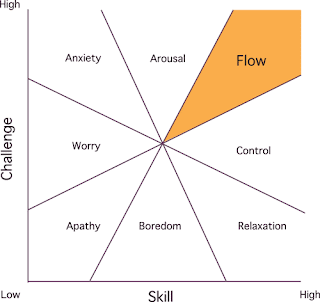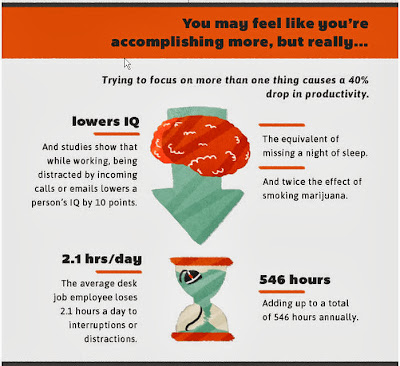I had just finished teaching
a long class on complex wound care yesterday and as I reflect back I felt a
slight disconnect between the prescribed lesson plan and what actually occurred
during class. The planned
curriculum was not flexible and did not allow for the rich discussions and
multitude of questions that I encountered. The lesson plan that I had to follow was laid out in a very structured manner. Although relatively simple, it did not take into account my
student’s previous experiences and what questions came out from our
lecture.
I felt the eyes and faces of
the students before me- thinking, rationalizing, and trying to understand how
this new content fits into “their” world. I remember when I first learned this concept in nursing school. It seemed so overwhelming. I tried to incorporate stories from my own practice. Then I remembered what an old instructor told me when I had difficulty with hearing lung sounds. "Stop and listen". This seemed to calm me and lift some of the tension I sensed.
http://www.thecollegiateblog.org/wp-content/uploads/2012/09/medical-school.jpg
As I reflected on this one
particular class, I could not help but wonder how I could have approached the
class differently. Did I stop enough to listen to the questions and concerns? How could I integrate the planned lesson plan with the
lived curriculum before me? How do I continue to follow
the planned curriculum while still respecting all of the stories and diverse
backgrounds that my students came with? How do I create a unique
backdrop in which the students felt like they belonged and were heard?
Through some research, I
discovered Ted Aoki, “the most prominent curriculum scholar of his generation in Canada” and who left a legacy that many curriculum theorists revere. In his article “Legitimatinglived curriculum: Towards a curricular landscape of multiplicity”, he
summarizes a few important areas.
Educators ought to be aware of the differences between lived and planned
curriculum.
- Experiencing differences in kind in the tension between the master story and the daily stories
- Experiencing pedagogic reaching as a mode of becoming
- Pedagogic reaching as a letting go and a letting be
- Pedagogic listening as a responding to other
- Hearkening to the call of the calling
(Aoki,Ted
T. 1993, p. 264).
Throughout this course I
intend to read more from the works of Ted Aoki, and other experts that offer
more explanation, research, and enlightenment. In the meantime, I will continue to reflect on my own role
and the identity that I am creating as an educator.
Has this type of situation
happened with you? What have you done after that class?
Reference:
Aoki, T. T. (1993). Legitimating lived curriculum:
Towards a curricular landscape of multiplicity. Journal of Curriculum & Supervision, 8(3), 255-268.
Retrieved from http://search.ebscohost.com.proxy.lib.sfu.ca/login.aspx?direct=true&db=ehh&AN=9511050991&site=ehost-live


